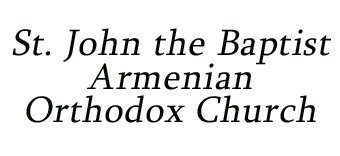OVERCOMING DOUBT
When we face challenges, there’s always that temptation to doubt, to hesitate, to second-guess ourselves. We make decisions, and right afterward, we start asking ourselves, “Did I make the right choice? Is this the right thing to do? Did I hear from God clearly?” And sometimes, even when we pray, we wonder, “Is God really listening? Will He answer me? Can I trust that He will fulfill His promises?”
In the New Testament, the apostle James tells us, “Ask in faith, never doubting, for the one who doubts is like a wave of the sea, driven and tossed by the wind; for the doubter, being double-minded and unstable in every way, must not expect to receive anything from the Lord” (James 1:6-8).
